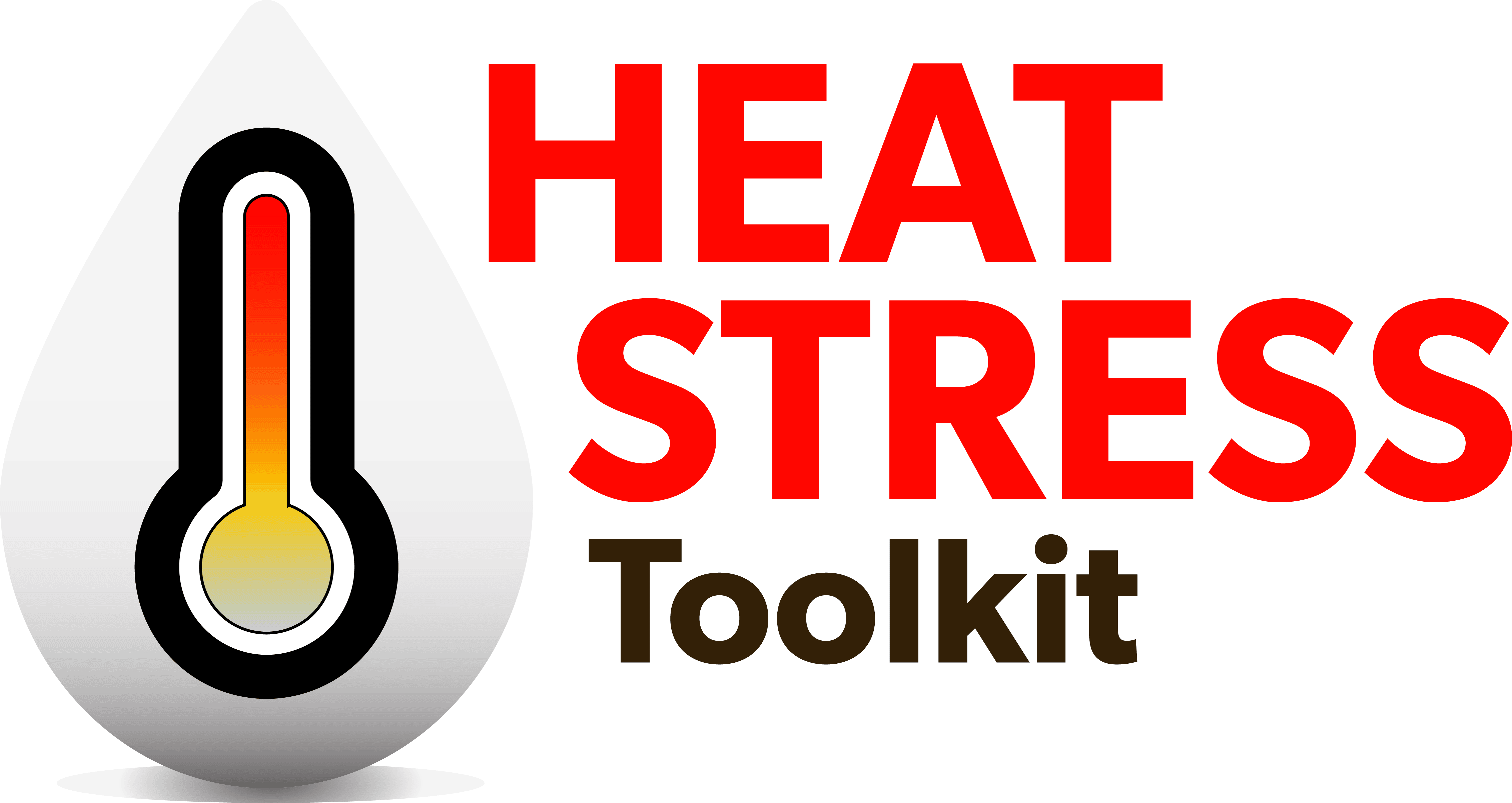Projects
We’re proud of what we’ve accomplished with our project partners over the years. Today, we are working on a number of projects related to occupational health and safety. We encourage you to explore our Featured, Active, and Completed projects, below. This page is currently being updated.

Featured Projects
FEATURED
Heat Stress Toolkit
Researchers:
Sandra Dorman, Courtney Lessel, Margaret Kanya-Forstner, Dominique Gagnon, Tobi Mankis
FEATURED
Assessing the reliability and validity of the Public Services Health and Safety Association Acute Care Violence Assessment Tool (VAT)
Researchers:
Dr. Judith Horrigan, Henrietta Van Hulle, Dr. Renée Berquist, Leata Ann Rigg, Jessica Dugas, Oghenefego Akpomi-Eferakeya
FEATURED
Diesel Particulate Project
Researchers:
Dr. Sandra Dorman, Dr. Andrew Zarnke, George Flagler, Megan Wickie
FEATURED
Does diphenhydramine impair evaporative heat loss during physical activity in temperature conditions?
Researchers:
Dr. Nicholas Ravanelli, Dougie Newhouse
FEATURED
Foot-Transmitted Vibration
Researchers:
Dr. Katie Goggins, Dr. Marco Tarabini, Dr. Brent Lievers, Dr. Tammy Eger










